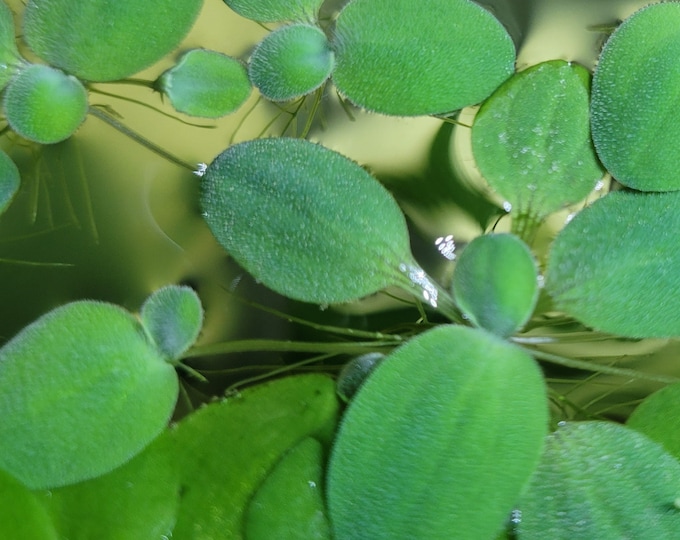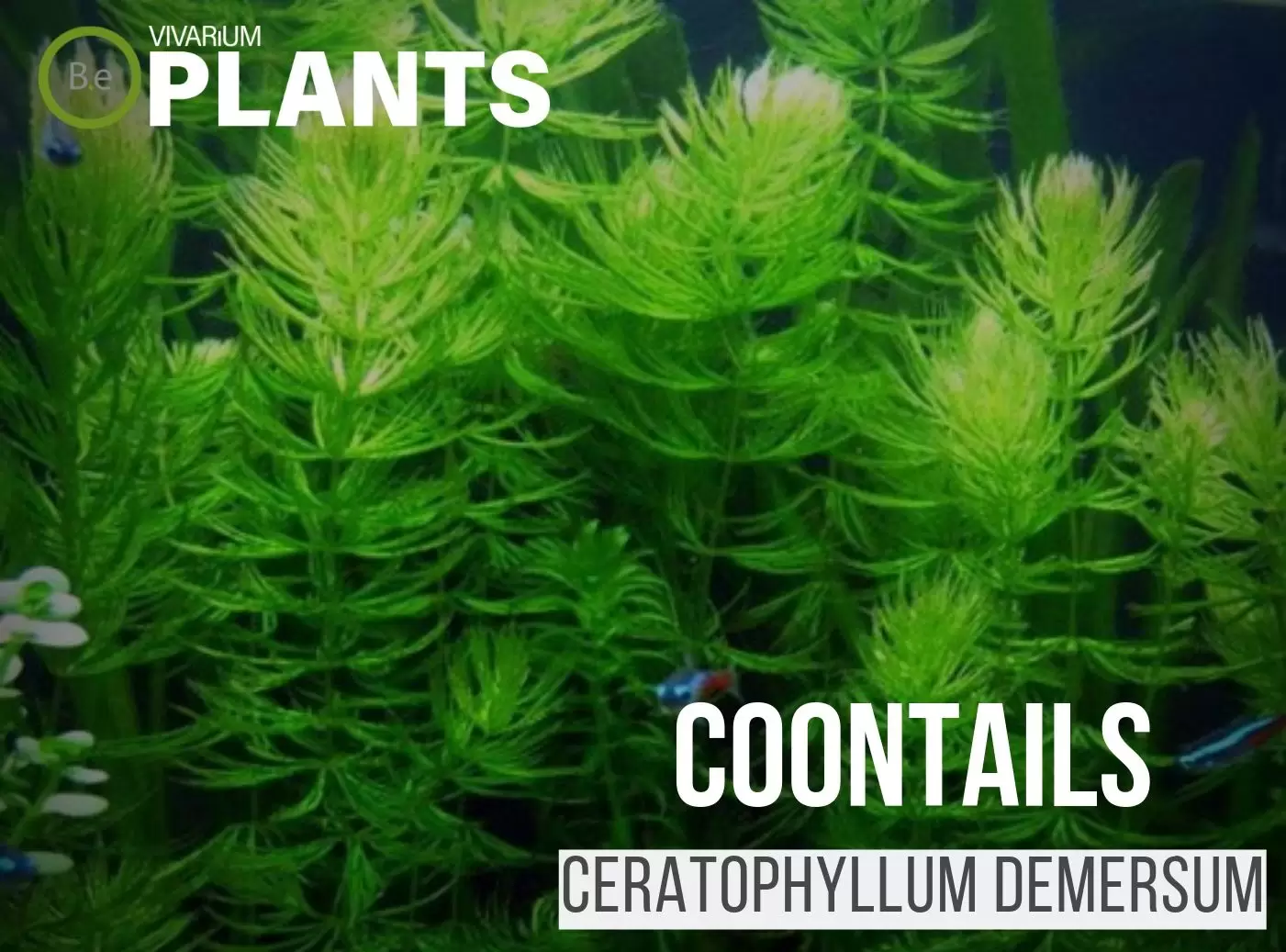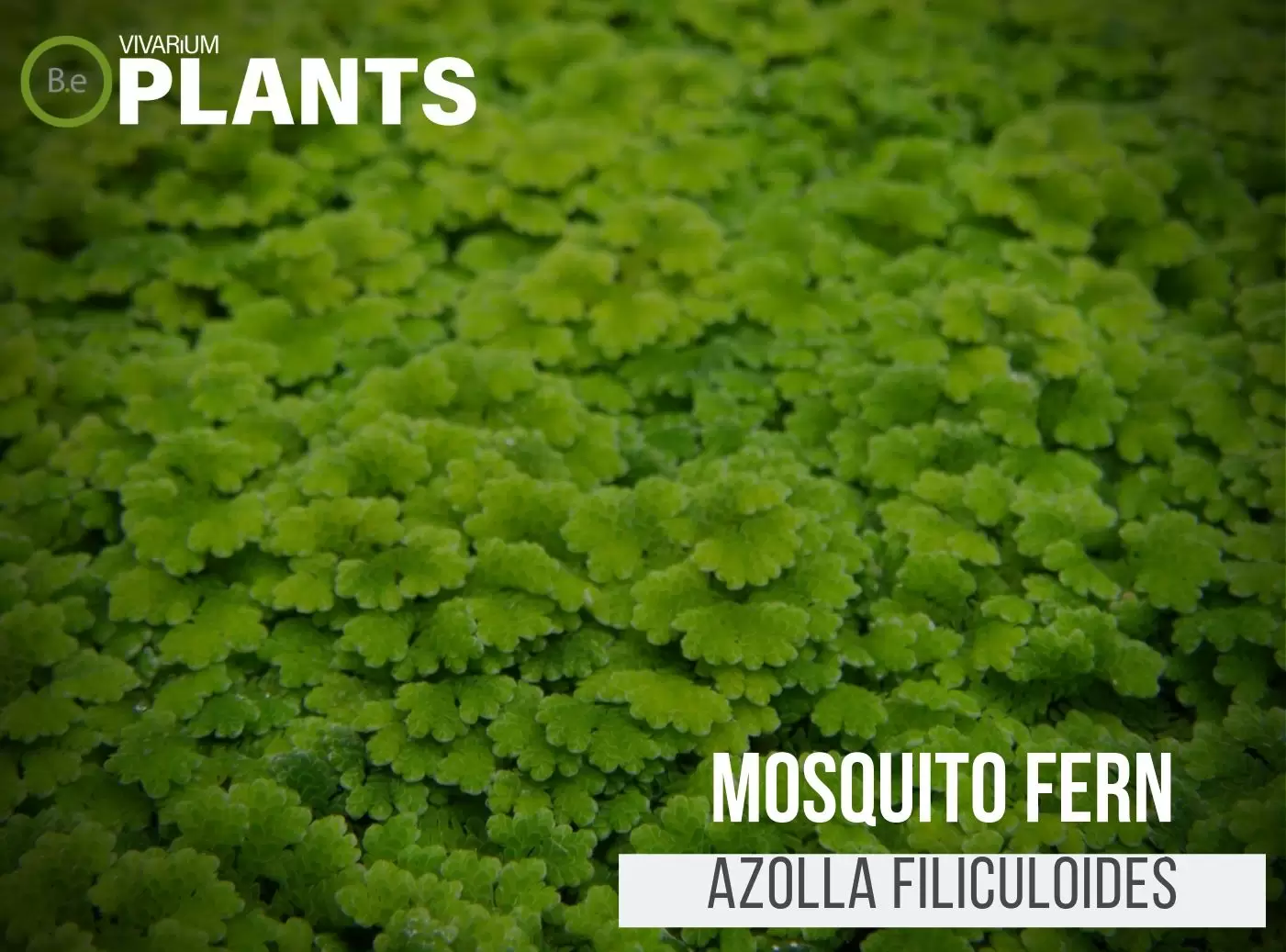Pistia stratiotes, scientifically known as Water Lettuce is a unique floating aquatic plant that is fast becoming popular among water gardeners around the world.
It is native to tropical regions of the world but has been successfully introduced to many climates around the world.
Water Lettuce is an excellent choice for creating beautiful water gardens, as it is fast–growing, attractive, and provides numerous benefits to aquatic ecosystems.
In this article, we will explore the characteristics, benefits, and requirements of this fascinating aquatic plant.
| Quick Stats: | |
|---|---|
| Scientific Name | Pistia stratiotes |
| Common Name | Water Lettuce, Water Cabbage |
| Family Name | Araceae |
| Habitat | Rivers, Lakes, Streams |
| Temperature | 72°F to 82°F |
| Height | 2 to 4 inches |
| pH | 6.5 to 8.5 |
| Lighting | Bright, Indirect |
What Is Water Lettuce?
Water Lettuce is a free-floating aquatic plant that is native to tropical and subtropical regions of the world. The species of Pistia can grow to over two feet in the wild but will generally reach the 2-3 inch mark when grown in an aquarium.
The look of this plant is quite unique and it has a peculiar growth habit where its leaves grow in a rosette formation. Pistia stratiotes are found in standing bodies of water such as lakes, rivers, marshes, and ponds.


Water Lettuce Facts
Pistia stratiotes are best known for their ability to filter water! It’s known to take in nutrients through its stems and roots and then release oxygen into the tank as it filters.
This process is part of its daily life cycle where the plant will continually float back and forth in the water, taking in the nutrients it needs and providing the tank with more oxygen in return.
The plant takes on a bright color from the nutrients it takes in and will be used to signify the tank’s water quality.
Description
Water Lettuce has bright green round-shaped leaves with frilly edges. The underside of the leaf is often a lighter green, almost white in color.
They are connected to a rhizome-style root system and can grow up to 4 inches across when clumped in groups.
The inner stem is left exposed when clumping and is the only part the plant uses for propulsion and movement.
Habitat
Water Lettuce is a freshwater aquatic plant and is typically found in standing bodies of freshwater closer to the equator. The temperature these plants survive in best is between 72°F and 82°F, although they can tolerate fluctuations outside of that range.
pH Preference
Similar to most aquatic plants, Water Lettuce prefers an environment where the pH is slightly above neutral, ranging from 6.5 to 8.5.
This plant can handle a wider range of pH levels than most other aquatic plants but the ideal range should still be targeted. When grown in an environment that is too acidic, this plant may try to spread too quickly and start to take over the tank.
Vivarium Type
Pistia stratiotes is an ideal plant for all types of vivariums. In a freshwater aquarium, Water Lettuce can be grown as a floating plant, providing a diverse habitat for fish and other aquatic creatures.
In a paludarium, it can be grown in shallow areas, providing a natural habitat for amphibians and reptiles.
In a riparium, Water Lettuce can be grown in planters as an attractive background plant, creating a natural and beautiful environment for a wide variety of aquatic and semi–aquatic species.
All of these vivariums provide ideal conditions for Water Lettuce to thrive, and it is an excellent addition to any water–based habitat.
Vivarium Placement
Pistia stratiotes should be placed in the middle areas of the aquarium where the water movement is not as strong.
This plant prefers still-water environments and strong currents can damage the leaves and stems. Too much direct light or too much heat can cause the leaves of this plant to start to yellow and weaken.
Substrate
Water Lettuce does not require a substrate, given its growing environment is in the water column of the tank. Instead, care should be taken to make sure the pH of the water is correct and the water remains still so the leaves don’t become damaged.
Lighting
Pistia stratiotes do best with bright, indirect light from an overhead fluorescent or LED light. The aquatic light should be kept strong enough that the plant can use the light it needs to filter the water but not too strong or too direct that it causes burning.
Buy Water Lettuce
When looking to purchase Water Lettuce, there are a few key indicators you should look for. Buying the best quality plant will help give you the best shot at growing the fern successfully.
The duckweed should be snail free along with any other type of pest. The source of Pistia stratiotes will usually be sold in small clumps, ready for you to propagate.
The batch should arrive fairly moist and with vivid colors. Try to stay away from sources that provide dried-out or dull-looking plants.
Click the image below to find out more about the current price and other relative info:
Water Lettuce Care and Propagation
Care for Pistia stratiotes is relatively straightforward, given that it can obtain all of its nutrients and energy directly from the water column where it is housed.
It can be propagated, however, by dividing large clumps and replanting them in different spots of the vivarium or in new tanks or containers.
How to grow
Water Lettuce reproduces by fragmentation while floating. Its leaf segments, or pieces of the plant, break off, float, and will eventually grow into new plants.
This plant can also be propagated by dividing the larger clumps and replanting the individual pieces in different parts of the vivarium.
Water Requirements
Since Water Lettuce is a water-born plant it needs to be kept in a moist environment. The water in the vivarium should be changed weekly, making sure to keep it clean and free from large amounts of debris.
Fluctuations in the tank’s temperature should also be avoided, making sure the environment does not become too cold or too hot for this plant.
Plants Similar To Water Lettuce
Even though some hobbyists enjoy sticking to a specific theme when building an enclosure, that does not mean that only one type of plant must be used. Adding diversity and versatility is crucial to creating a captivating vivarium.
Mix up the look of your vivarium with different aquatic flora that can easily co-exist in the same types of environment. Not only will it be more pleasing to the eye, but it will also make the tank look more realistic.
Furthermore, if for some reason you are having a hard time getting your hands on this plant… Here are some other options that may do well with or in place of Pistia stratiotes:
Conclusion
Pistia stratiotes is a great beginner-level aquatic floating plant that can help improve water quality, provide an interesting texture and color to the tank, and give coverage to small fish and hydrophilic inhabitants.
Its propensity to filter water with its leaves, stems, and roots, makes it an excellent addition to vivariums with or without animals when propagated and placed properly.
Overall, this is a great plant for beginners and even experts as it tends to be hardy and can help create a natural water-filtering ecosystem in the vivarium.
Frequently Asked Questions
Pistia stratiotes, commonly known as water lettuce, is toxic to dogs because it contains toxins called saponins. These toxins can cause vomiting, abdominal pain, and diarrhea in dogs if ingested.
Yes, water lettuce is able to survive winters in some climates. It is a tropical plant that can survive in temperatures down to 40°F (5°C). In colder climates, water lettuce can be brought indoors or kept in a pond with a heater.
Yes, water lettuce can help to clean water. It is often used for water filtration and can help remove heavy metals, toxins, and other pollutants from the water.
Water lettuce typically multiplies at a rapid rate, with new plants sprouting up within a few weeks of planting. It can spread several inches per day and can become invasive in certain areas.
Water lettuce is illegal in Alabama, California, Florida, Georgia, Kentucky, Louisiana, Maryland, Massachusetts, Mississippi, Missouri, South Carolina, and Texas.
Water lettuce is a floating plant that is special because it:
1. Helps reduce algae growth and improve water clarity
2. Is effective at providing shade and reducing water temperatures
3. Can be used to naturally filter toxins and pollutants
4. Aids in the natural biological balance of ponds and other water sources
5. Can provide a food source and habitat for fish or other aquatic life
Common factors that can kill water lettuce include cold weather, parasites, heavy metals, and polluted waters. In cold climates, water lettuce may not survive the winter months, and extremely cold temperatures may cause it to die. Parasites, such as aquatic snails, can also feed on water lettuce, reducing its growth and eventually killing it. Pollution from heavy metals and nutrients can prevent the growth of water lettuce and eventually lead to its death.
Yes, if left unchecked, water lettuce can take over a pond, choking out other plant and animal life.




